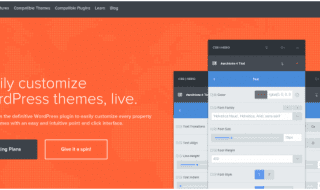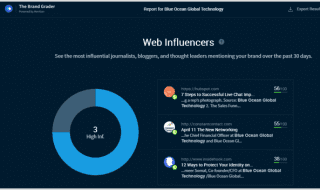
If it seems like a lot of people are retiring lately, it’s not just you. Up to 10,000 people retire every day, primarily from the Baby Boomer generation. They are retiring from many industries, including financial institutions, nonprofits, and IT outsource firms like BairesDev. When that number is combined with employees who leave unexpectedly for other reasons, you’re likely to face a serious drain on your company’s collective wisdom, with the potential for efficiency setbacks, missed opportunities, or worse.
Fortunately, you can acknowledge that risk now and implement a systematic knowledge transfer plan to capture information and store it. Thus, you can maintain a central repository that will be accessible even as individual employees come and go. Knowledge transfer isn’t always a clean process, but one thing is certain: you should start it before you find yourself in crisis mode. Here’s how you go about it.
Identify the Knowledge You Need
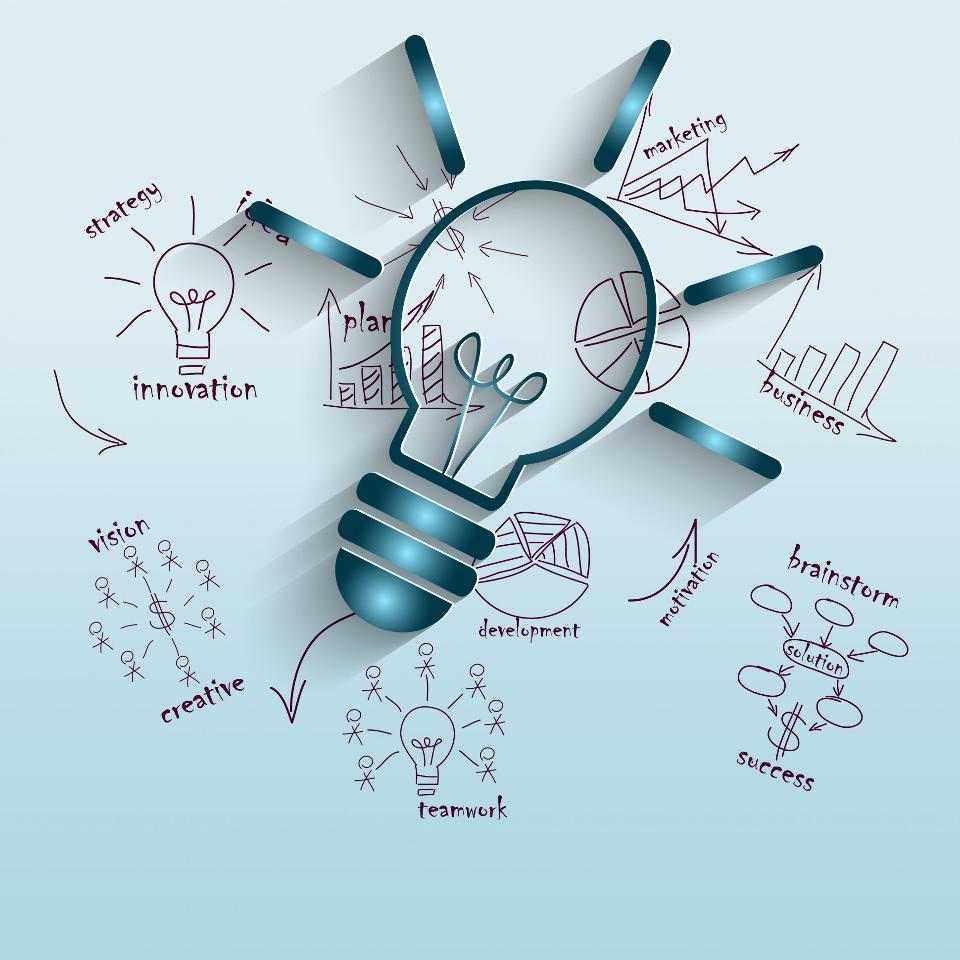
To get started with a comprehensive knowledge transfer program, you first need to identify what knowledge you want to preserve. Knowledge is typically divided into two types:
- Explicit – easy to transmit through writing or speaking, such as what’s found in manuals, rules, and regulations.
- Tacit – less tangible and more difficult to transfer, consisting of what employees acquire over time through experiences, observations, and insights.
Your company is at the greatest risk of losing tacit knowledge when employees leave. Ask yourself the following questions to help determine what’s most valuable:
- What knowledge is useful to people every day?
- How serious would the consequences be if you no longer had access to that knowledge?
- What knowledge is not easily available?
- What knowledge is only located in the minds of particular employees?
Find the People Who Know It
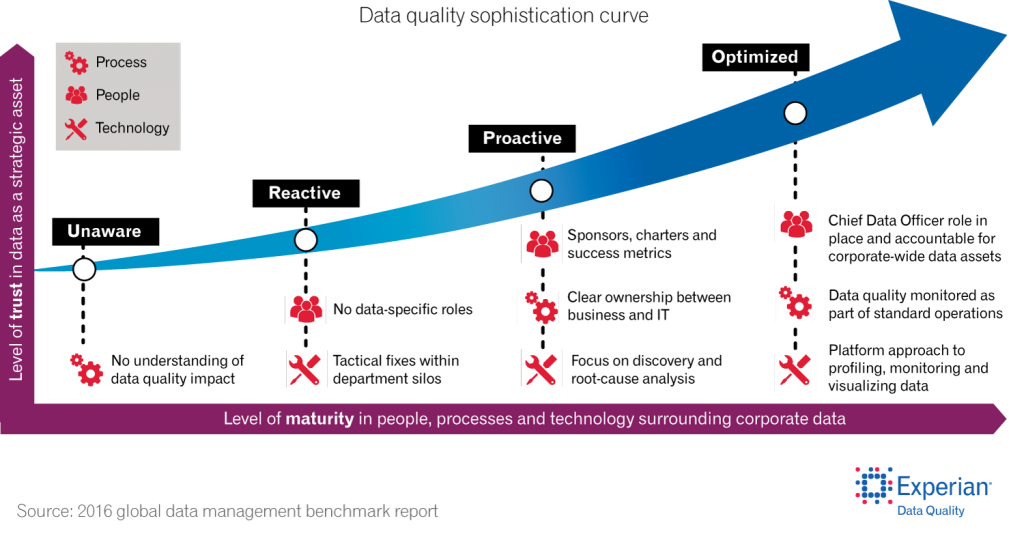
Once you’ve figured out what knowledge you want to capture, determine who possesses it. Start by identifying all the current subject matter experts, including their specific areas of expertise and responsibilities. Conduct interviews to document what they know.
Think about the employees who everyone goes to with questions or relies on for help. Which staffers seem to know things that no one else does? Whose tasks always get put on hold until they return from an absence? Those people definitely have information you should save.
Create Training Opportunities

In addition to identifying what knowledge you want to capture and who has it, you need a way to get it to the right people. This process could include a range of training methods:
- Mentoring or coaching to pass along experience and other tacit knowledge
- Group workshops or webinars
- Guided experiences for hands-on knowledge
- In-person or virtual spaces where employees can exchange information
- Apprenticeships between newer and longer-term employees
When you execute a knowledge transfer plan, you get the bonus of improving your company’s training practices. As a result of your efforts, new employees may now be able to find all the information they need in one central place, rather than having to search in multiple locations. In this way, you also streamline internal personnel changes, new employee onboarding, and intern training by tapping into your central knowledge repository.
Document Processes

One specific form of knowledge you should preserve is the various processes employees use to accomplish tasks. Find out what works well and why, problems to look out for, when to ask for help, and any creative outside-the-box solutions in use.
While knowledge about processes might include some straightforward written documents, consider utilizing alternative vehicles as well. Ask employees to create podcasts, recordings of sales calls, and how-to videos to describe and demonstrate how they accomplish tasks.
Use Technology to Help
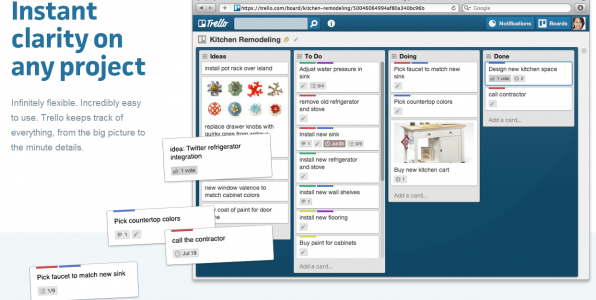
Technology can be a great help with your knowledge transfer plan. A simple approach is to use your existing company intranet portal, with which employees are already familiar, as the central repository for the knowledge you capture. Make the information searchable by tags, job titles, and functions, and keep it accurate by regularly adding or updating.
You could also deploy a third-party knowledge sharing platform. In addition to keeping your information organized, this type of system can identify and remove duplicate content and save information in a range of formats including text, chart, image, audio, and video.
Look into the latest computer simulations, like 3D animations or virtual reality, to effectively convey knowledge. This approach is especially helpful when dealing with “hands-on” types of information.
Integrate the Process

Once you execute a knowledge transfer plan, you’ll probably realize you don’t want to go through it again. Don’t worry, there’s an alternative. You can create a knowledge sharing culture going forward. Do so by making knowledge transfer an expected and regular part of doing business at your company, rather than a last-minute rush effort before someone important leaves.
Here are a few tips for successful implementation:
- Communicate a standardized process for employees to follow, including when, where, and how they should save information.
- Emphasize the larger goal behind the efforts, including how everyone will benefit.
- Include some form of recognition or reward for those who participate.
In Summary

Don’t wait for a crisis to happen before you think about knowledge transfer within your company. Act now to create a consistent, standardized process to preserve and store valuable wisdom and experience for your current and future employees.

